Dr Patrick Palacci, a name that is synonymous with 'Palacci Technique,' is known for creating several novel techniques in Periodontics & Implantology with regard to optimal implant positioning, papilla regeneration and esthetic implant dentistry. Dr Palacci is an inspiring and influential figure in the world of dentistry, a researcher who has worked in close association with Professor Per-Ingvar Brånemark and contributed so much to Perio-Esthetics and Esthetic Implant Dentistry. Dr Palacci will answer the questions and share his expertise in an interview with three Perio-Implantologists from India - Drs. Sudhindra Kulkarni, Neel Bhatavadekar, and Akshay Kumarswamy
Dr Patrick Palacci graduated at the University of Marseille in 1975. He continued his postgraduate education in periodontology at Boston University (USA), where he received the title of Post-graduate. He was appointed Consultant Professor at Boston University in 1982.
In 2004 he received the title of Associate Professor at the University of Santiago de Chile and the University of Buenos Aires in 2006. He maintains a private practice in Marseille. His centre is one of 12 Brånemark Osseointegration centres in the world, working closely with Professor PI Brånemark.
Professor Per Ingvar Brånemark and Dr. Patrick Palacci in front of the river, where titanium was discovered.
Dr Palacci performing surgery at his Brånemark Osseointegration centre, Marseille
Dr Palacci has developed many surgical techniques concerning optimal implant positioning, plastic surgery techniques and papillae regeneration. He received the Nobelpharma Award in 1995 on the most important advances in surgery over the past 30 years.
He is the author of numerous scientific articles written over the last twenty years in international journals. He is also the author of two books dealing with esthetic and implant treatment. These books have been written in English and published in nine different languages. The third book in conjunction with the technique NobelGuide was written in 2008 jointly with Prof. Peter K. Moy (Los Angeles) and Ingvar Ericsson (Sweden), also translated into Japanese. He wrote at the request of Professor PI Brånemark, a chapter on aesthetics and soft tissue management in the book “The Osseointegration Book: From Calvarium to Calcaneus” considered the bible of implantology.
Optimal Implant Positioning and Soft Tissue Management for the Branemark System
Esthetic Implant Dentistry: Soft and Hard Tissue Management
Immediate Function and Esthetics in Implant Dentistry
The Osseointegration Book From Calvarium To Calcaneus.
The Osseointegration Book From Calvarium To Calcaneus. Chapter 14
Dr Palacci currently provides many courses in his clinic in Marseille, advanced courses for experienced practitioners. Groups from many countries (Sweden, Denmark, Chile, Italy, USA, Japan, Australia New Zealand…) could receive his teaching. He continues to give guest lectures and training around the world.
Dr Palacci will answer the questions and share his expertise in this interview with three Perio-Implantologists from India - Drs. Sudhindra Kulkarni, Neel Bhatavadekar, and Akshay Kumarswamy.
Dr Sudhindra Kulkarni (MDS, Periodontics). Fellow and Diplomate of International Congress of Oral Implantologists (ICOI, USA). Professor and Head, Department of Implantology at SDM Dental College, Dharwad.
Dr Neel Bhatavadekar (MS, Perio- US) is the first U.S Board Certified Periodontist in India. First ITI Fellow (International Team for Implantology). Diplomate of American Board of Periodontology. He is a visiting faculty at Univ. of Texas Health Science Center (US), and Univ. of North Carolina at Chapel Hill (US).
Dr Akshay Kumarswamy (BDS, CAGS, MS-Perio, USA ) is a Diplomate of the American Board of Periodontology and Diplomate of International Congress of Oral Implantologists (ICOI).
Neel Bhatavadekar: Given your extensive clinical experience in soft tissue modelling around implants, do you feel allogenic soft tissue graft substitutes work as well around implants, as connective tissue (CT) grafts do?
Unfortunately, my feelings are that autogenous soft tissue grafts work better (at least in my hands) than allogenic grafts. Maybe this is due to my extensive experience using autogenous, but I have always found faster, better healing reactions with this type of material.
Sudhindra Kulkarni: Does Connective Tissue Graft (CTG) function better as a pedicle graft or as a free graft?
Connective tissue grafts are my treatment of choice in terms of final esthetic results, predictability long term results but in soft tissue reconstruction, the surgeon should be able to use all alternative surgical procedures to obtain the best final results. I, personally, present 28 years of old cases using CT grafts.
Akshay Kumarswamy: In your experience, do synthetic tissue graft substitutes containing collagen have good long-term success compared to autologous soft tissue grafts from the palate?
I have performed thousands of autogenous bone grafts for ridge augmentation, sinus lifts since 1988 (date of my first sinus lift) but stopped eight years ago. I am now using biomaterial with collagen with an extremely high success rate and definitely much less morbidity. Esthetic cases, as well as extreme cases, will be presented during my training program Dr Sandeep Singh's academy.
Sudhindra Kulkarni: What is more critical - vertical soft tissue thickness or horizontal bulk of soft tissue in the periodontal or peri-implant soft tissue stability and function?
Both are important; it depends on the clinical situation and specific requirements.
Neel Bhatavadekar: How long do you usually wait until suture removal after peri-implant mucogingival procedures?
I usually wait 8 to 10 days; however, I use resorbable sutures, and the rate of resorption varies according to the patient.
Akshay Kumarswamy: The world knows you through the “Palacci technique”. What other techniques do you have in the vast repository of knowledge, that all of us can expect to learn in the near future?
I got the 1st Nobel Pharma award in Gothenburg in 1995, celebrating the best improvements of the last 30 years of osseointegration with this concepts: Soft tissue manipulation and the papillae regeneration technique + Precision in implant positioning (including the use of implant positioning guides). Over 20 years later, these two concepts are the main topics developed in today’s implantology. I was 20 years ahead then.
Neel Bhatavadekar: What are your thoughts regarding socket grafting post-extraction, versus socket shield with graft? (Both scenarios referring to delayed implant placement)?
There are several ways to obtain a good result, and each technique has its applications. In fact, this depends on the type of lesion and degree of infection of the tooth to be extracted. However, every time I think I can simultaneously extract and place the implant(s), I do it, especially in case of immediate loading.
Akshay Kumarswamy: What, in your opinion, is more critical around implants for long term success? A good envelope of bone or a good envelope of keratinised soft tissue?
One question we can ask is, Do we need more bone or more titanium? In the ’90s, wide implants were extensively developed, and a lower success rate was observed. I, personally, started to use, over 15 years ago, narrow implants in any type of case, from a single tooth to full arch and from incisors to molars, with a very high and predictable success rate. This concept will be presented during my conference in India.
Sudhindra Kulkarni: Do you think PRF and its ilk have any significant role in improving soft tissue biotypes?
I have been using PRF for more than 15 years, working in close relation with Dr Joseph Choukroun, and I really think that PRF boosts soft tissue healing and has a significant role in improving soft tissue biotypes.
Papilla regeneration technique: The flap is retracted outward, the healing abutments placed on implants. Semilunar incision and rotation of the pedicles. The spaces between the pillars are filled by the pedicles, birth of new papillae.
Implant placement Papilla regeneration technique (P. Palacci) allows using a double rotation of the tissues to recreate the lost central papilla. These elements combined make it possible to obtain a satisfactory aesthetic and functional result.
Papilla creation between two implants
Note:
It will be a great opportunity for the periodontists and implantologists from India and all the South Asian countries to watch Dr Patrick Palacci in his 3-day Augmentation Workshop with Dr Sandeep Singh (Masters in Implantology, UCLA, California, USA) from 30 Aug- 1 Sept, 2019 at Sahaj Dental Academy, Prayagraj (Uttar Pradesh, India)
Tags:
Bangalore: The Government Dental College and Research Institute (GDCRI) celebrated 60 years of dental education on 28th of December 2018. The grand event ...
Dental Tribune South Asia interviewed Drs. Ali Tunkiwala and Udatta Kher – the founders of Impart Education (IE) about their upcoming event “Shaping ...
Renowned implantologist, great educator, and one of the most sought-after experts in the field of implantology - Dr. Narayan Venkatraman answers questions ...
The 40th IDS marks 100 years of the trade fair, and this is surely a reason to celebrate, says Mark Stephen Pace, chairman of the board of the Association ...
All aspects of the esthetics can be more critically evaluated (e.g. color, shape, size, width, intensity of color, value, translucency, form, surface ...
In a first for dentistry, the World Health Organization (WHO) has included dental products in its Annual Model list of Essential Medicines (EML). WHO ...
Dr. Vinay Kumar is a Maxillofacial and Oral Surgeon with a long association with ITI as a scholar and researcher. A renowned clinician, educator, and ...
Many years ago, Prof. Pierluigi Sapelli, having to organise a meeting on evidence-based dentistry, “forced” me to give a talk on the subject. This led ...
Live webinar
Wed. 14 January 2026
10:30 pm IST (New Delhi)
Dr. Théo Laplane, Dr. Robert Gottlander DDS
Live webinar
Fri. 16 January 2026
10:30 pm IST (New Delhi)
Live webinar
Mon. 19 January 2026
11:30 pm IST (New Delhi)
Philipp Kopp, Michael Seeber
Live webinar
Thu. 22 January 2026
7:30 pm IST (New Delhi)
Prof. Judith Jones D.D.S; M.P.H., Prof. Kakuhiro Fukai D.D.S., Ph.D, Dr. Bathsheba (Bethy) Turton
Live webinar
Fri. 23 January 2026
12:30 am IST (New Delhi)
Dr. Nicola M. Grande DDS, PhD
Live webinar
Wed. 28 January 2026
6:30 pm IST (New Delhi)
Live webinar
Wed. 28 January 2026
9:30 pm IST (New Delhi)
Prof. Dr. Jan-Frederik Güth



 Austria / Österreich
Austria / Österreich
 Bosnia and Herzegovina / Босна и Херцеговина
Bosnia and Herzegovina / Босна и Херцеговина
 Bulgaria / България
Bulgaria / България
 Croatia / Hrvatska
Croatia / Hrvatska
 Czech Republic & Slovakia / Česká republika & Slovensko
Czech Republic & Slovakia / Česká republika & Slovensko
 France / France
France / France
 Germany / Deutschland
Germany / Deutschland
 Greece / ΕΛΛΑΔΑ
Greece / ΕΛΛΑΔΑ
 Hungary / Hungary
Hungary / Hungary
 Italy / Italia
Italy / Italia
 Netherlands / Nederland
Netherlands / Nederland
 Nordic / Nordic
Nordic / Nordic
 Poland / Polska
Poland / Polska
 Portugal / Portugal
Portugal / Portugal
 Romania & Moldova / România & Moldova
Romania & Moldova / România & Moldova
 Slovenia / Slovenija
Slovenia / Slovenija
 Serbia & Montenegro / Србија и Црна Гора
Serbia & Montenegro / Србија и Црна Гора
 Spain / España
Spain / España
 Switzerland / Schweiz
Switzerland / Schweiz
 Turkey / Türkiye
Turkey / Türkiye
 UK & Ireland / UK & Ireland
UK & Ireland / UK & Ireland
 International / International
International / International
 Brazil / Brasil
Brazil / Brasil
 Canada / Canada
Canada / Canada
 Latin America / Latinoamérica
Latin America / Latinoamérica
 USA / USA
USA / USA
 China / 中国
China / 中国
 Pakistan / Pākistān
Pakistan / Pākistān
 Vietnam / Việt Nam
Vietnam / Việt Nam
 ASEAN / ASEAN
ASEAN / ASEAN
 Israel / מְדִינַת יִשְׂרָאֵל
Israel / מְדִינַת יִשְׂרָאֵל
 Algeria, Morocco & Tunisia / الجزائر والمغرب وتونس
Algeria, Morocco & Tunisia / الجزائر والمغرب وتونس
 Middle East / Middle East
Middle East / Middle East
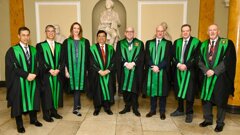
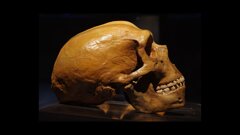

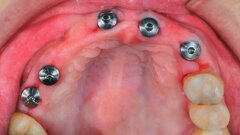
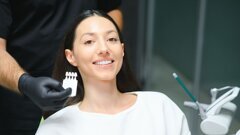

























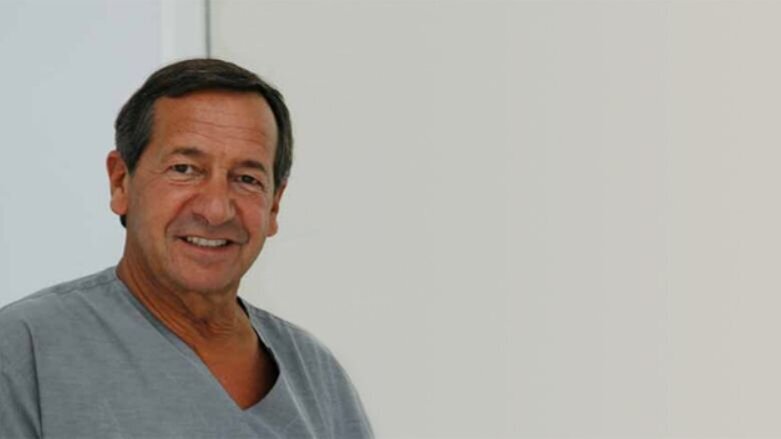



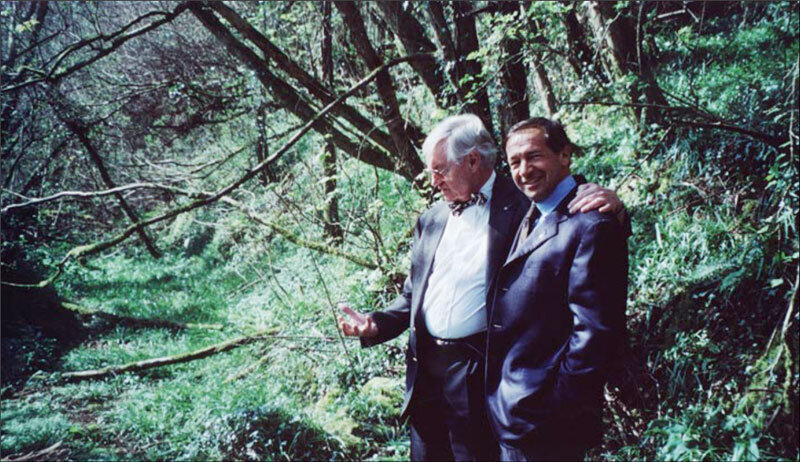
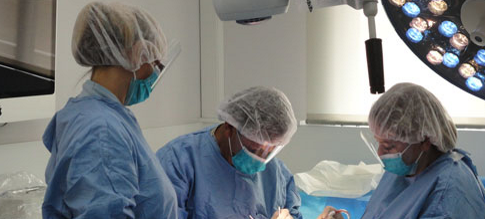
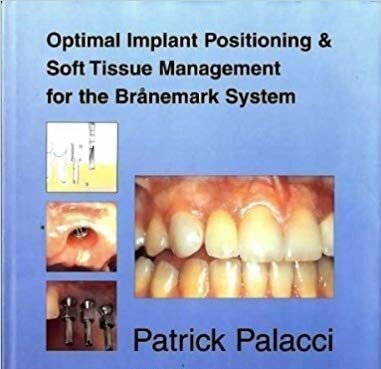
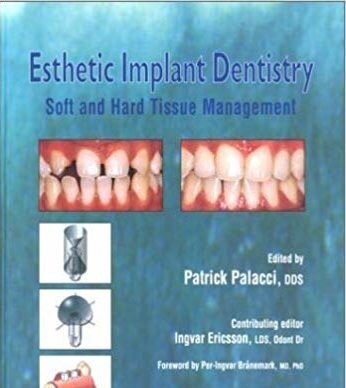
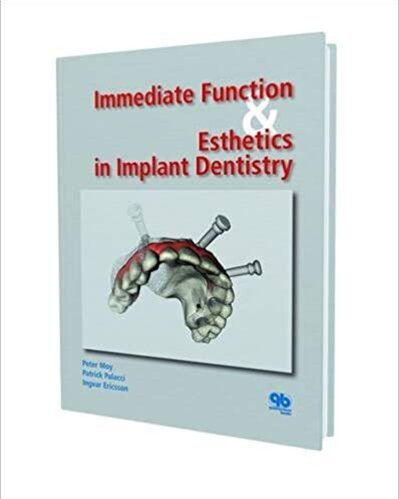
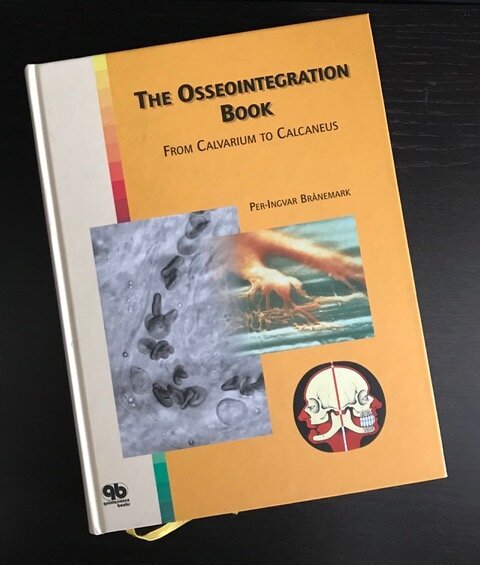
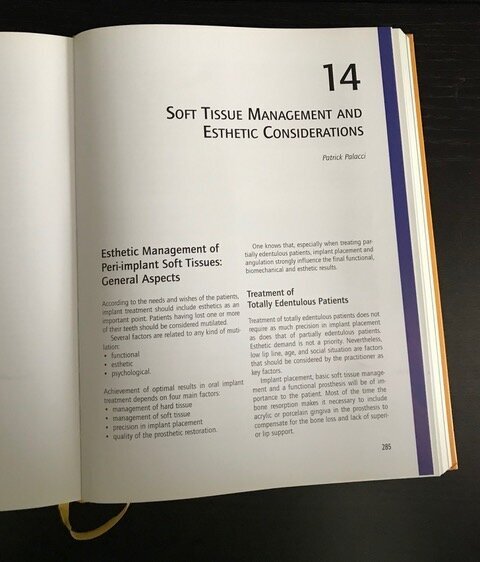
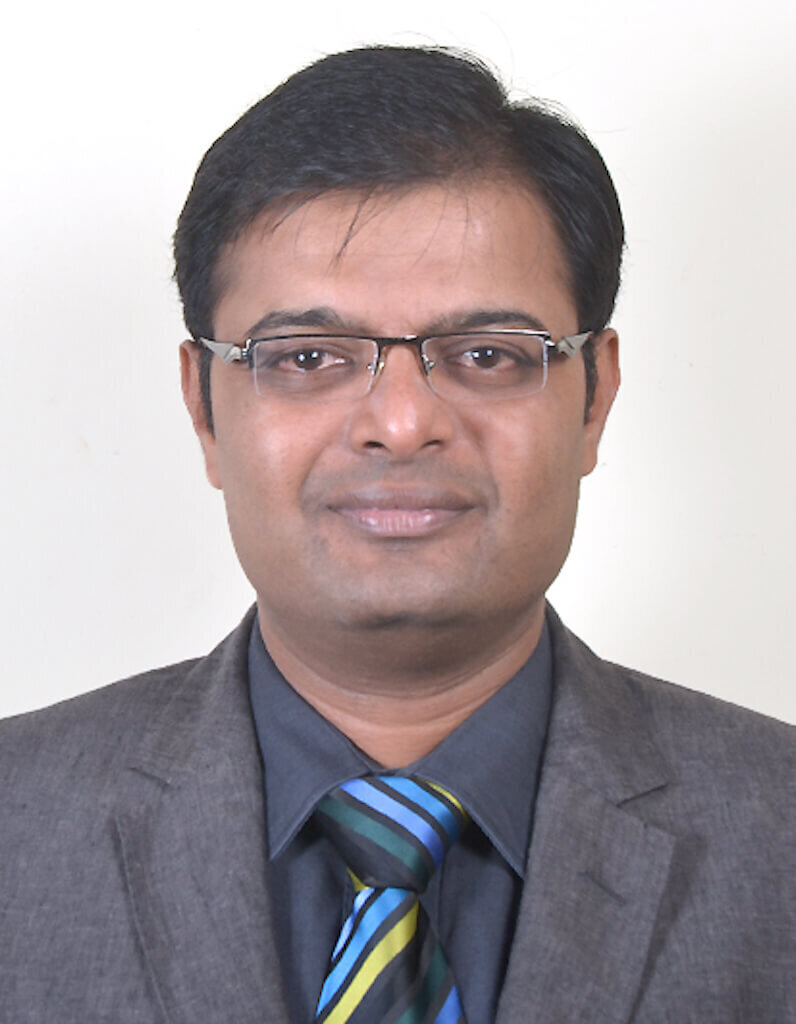
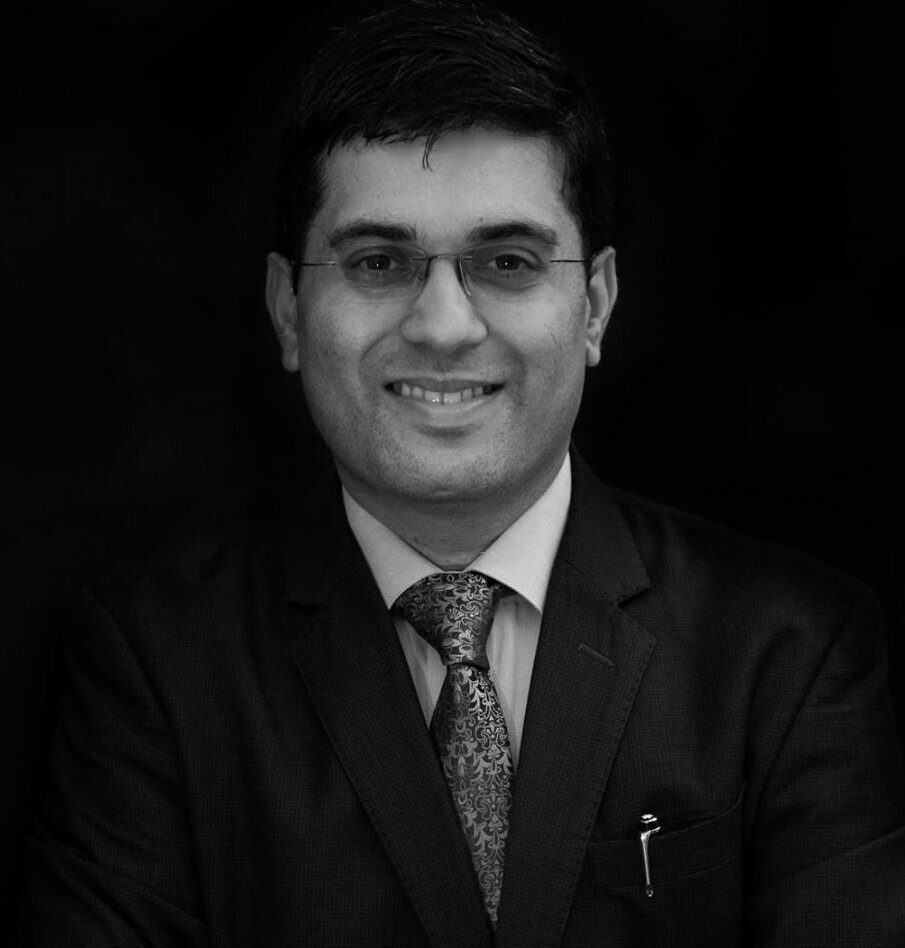
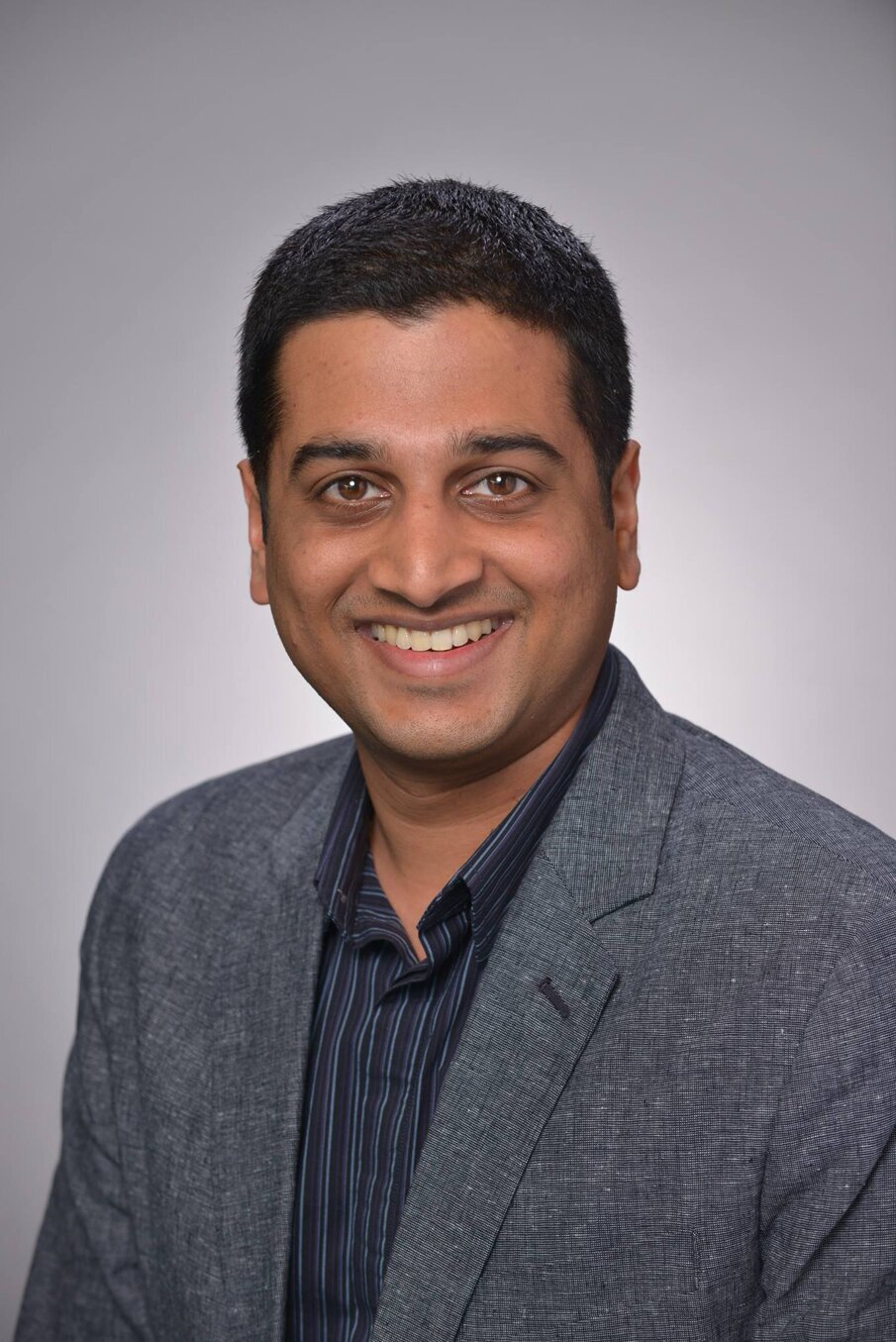
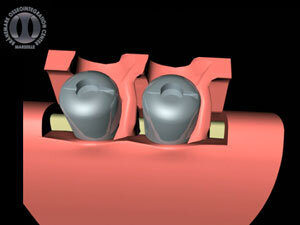
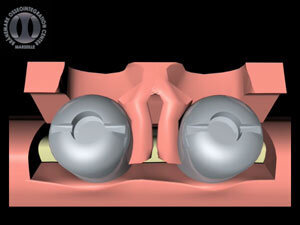
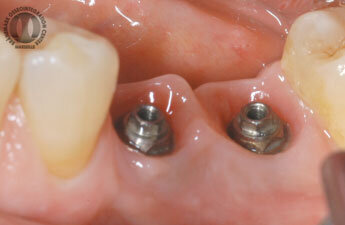
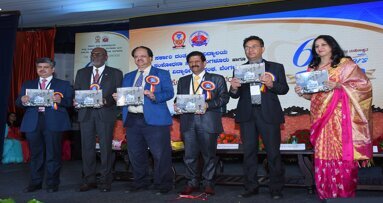
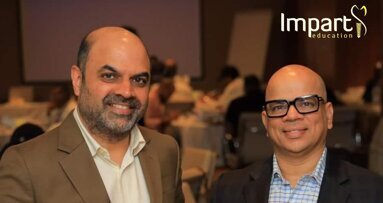
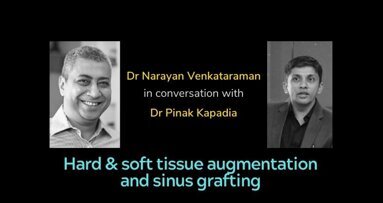
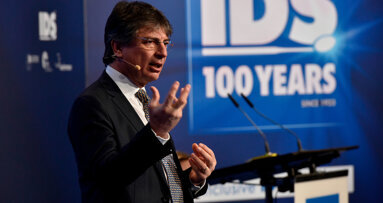

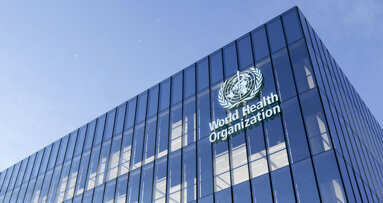
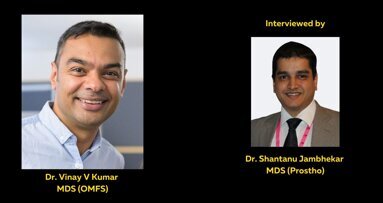


















Wonderful Initiative & Interview dear Dr Rajeev Chitguppi… great Tribute to Prof Patrick Palacci on his Birthday.